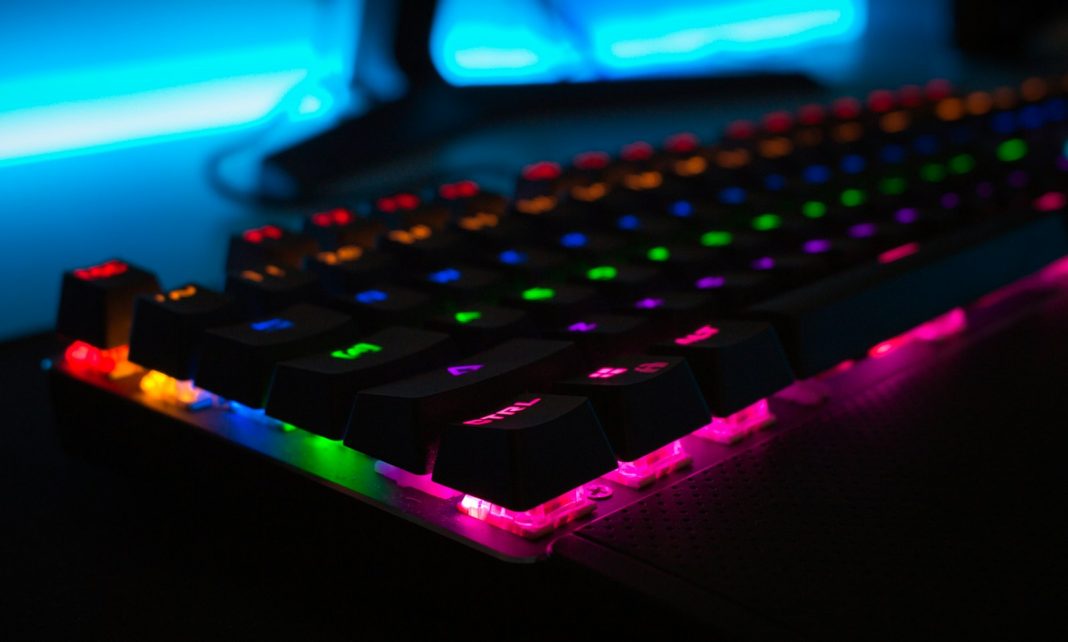In the dynamic world of PC gaming, the graphics processing unit (GPU) takes center stage, transforming virtual landscapes into visually immersive experiences. Whether you’re navigating through intricate user interfaces or indulging in high-end 4K gaming, your GPU bears the weight of rendering it all. To ensure your gaming rig operates at its peak, it’s crucial to provide your GPU with the care it deserves. Even if you possess one of the top-tier GPUs available, there are ways to elevate its performance to greater heights.
Update Your Drivers for a Visual Power Boost
Embarking on the journey to enhance your GPU’s performance begins with updating your drivers. The GPU, whether integrated or dedicated, manages the lion’s share of the visual workload, making the installation of the latest drivers the crucial first step.
Identifying your GPU model on Windows 10/11 involves a simple process:
- Right-click on the Start button and choose “Device Manager” from the pop-up menu.
- Within Device Manager, click on “Display Adapters” to unveil your GPU.
- You’ll likely see listings for Intel or AMD Radeon if your PC boasts an Intel CPU or an AMD GPU. For standalone GPUs, additional listings for Nvidia GeForce or AMD Radeon chips will be present.
To acquire updated drivers, follow these links:
During the installation process, opt for AMD’s “Custom install” or Nvidia’s “Clean install” options to ensure a seamless transition to the latest driver version. For Nvidia users with the GeForce Experience desktop client, be attentive to notifications or manually check for updates if the client isn’t installed.
Windows Updates: The Backbone of GPU Smooth Operation
Equipping your gaming system with the latest Windows updates serves as the backbone for seamless GPU operation. Here’s a simple guide on how to keep your Windows 10/11 up to date:
- Click the Start button and locate the Gear icon on the left edge of the Start menu. For Windows 11, search for the Settings icon.
- Select “Update & Security” within the Settings app.
- Click the “Check for Updates” button.
By staying current with Windows updates, you ensure that your system possesses the essential resources required for optimal GPU performance. These updates not only address potential compatibility issues but also introduce optimizations that contribute to a smoother gaming experience.
Temperature Management: A Cool GPU is a Happy GPU
Beyond software considerations, effective temperature management is paramount for sustained GPU performance. High temperatures can lead to thermal throttling, impacting your GPU’s ability to deliver consistent frame rates. To maintain a cool GPU, consider the following:
- Ventilation: Ensure your gaming rig has adequate airflow with well-placed cooling fans. Proper ventilation prevents the GPU from becoming a hot spot within your system.
- Clean Components: Regularly clean your PC components, especially the GPU and surrounding areas, from dust and debris. Accumulated dust can impede airflow and contribute to elevated temperatures.
- Aftermarket Cooling: Explore aftermarket cooling solutions such as additional fans or advanced cooling systems. These can significantly enhance your GPU’s cooling efficiency, especially during demanding gaming sessions.
Overclocking: Tread Carefully to Unlock Hidden Power
For the adventurous gamers seeking an extra performance boost, overclocking presents an enticing option. By pushing your GPU beyond its factory-set limits, you can potentially unlock hidden power. However, overclocking comes with risks, and caution is advised:
- Research Your GPU: Before attempting overclocking, thoroughly research your specific GPU model. Understand its limitations and recommended parameters to avoid potential damage.
- Use Reliable Software: Employ trustworthy overclocking software to make adjustments gradually. This allows you to monitor temperature changes and stability, reducing the risk of overheating or system instability.
- Temperature Monitoring: Keep a close eye on temperature readings during overclocking. Sudden spikes or prolonged high temperatures can indicate potential issues, prompting a reevaluation of your overclocking settings.
- Incremental Adjustments: Instead of making drastic changes, opt for incremental adjustments to find the optimal balance between performance and stability. This approach minimizes the risk of system instability.
Conclusion: Elevate Your Gaming Experience with a Top-Tier GPU
In the realm of PC gaming, your GPU stands as the linchpin for a truly immersive experience. By implementing these tips, you not only ensure your GPU operates at its full potential but also unlock hidden capabilities for an enhanced gaming journey. From regular driver updates to cautious overclocking, each step contributes to a smoother, visually stunning gaming experience.
Investing time and effort into maintaining your GPU pays off in the form of extended longevity and consistent performance. So, gear up, update those drivers, keep Windows current, manage temperatures effectively, and tread carefully into the realm of overclocking. Your gaming rig deserves the best, and with these tips, you’re on the path to unleashing the true power of your GPU for an unparalleled gaming adventure.


